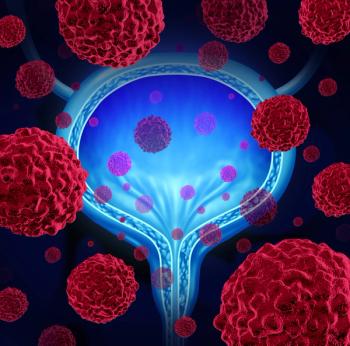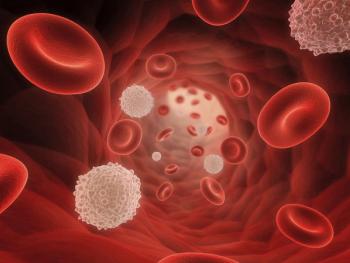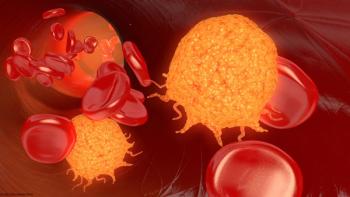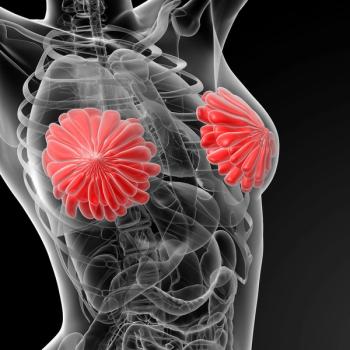
- ONCOLOGY Vol 9 No 5
- Volume 9
- Issue 5
Dedicated Breast MR Imaging System Distinguishes Between Tumor and Normal Fat Tissue
he development and testing of a new method of high quality clinical fat/water separated 3D breast MR images was recently announced by Advanced NMR Systems Inc., with its subsidiary, Advanced Mammography Systems Inc.
he development and testing of a new method of high quality clinicalfat/water separated 3D breast MR images was recently announcedby Advanced NMR Systems Inc., with its subsidiary, Advanced MammographySystems Inc.
This new technique, used in conjunction with their imaging technologyfor breast diagnosis, suppresses the signal from fatty tissue,and allows MR imaging to distinguish tumor from normal fat breasttissue. In contrast, conventional nondedicated MR imaging generallycannot distinguish between tumor and normal fat breast tissue.
This new method also reduces breast imaging to under 6 minutes,according to the company, thereby increasing patient comfort.
A patent application for this technique is currently being processedfor filing. Advanced Mammography Systems Inc. has completed aprototype of its dedicated MR mammography system, and is currentlynegotiating with medical facilities for its installation. Thecompany has filed for Food and Drug Administration clearance forcommercial use of this system.
Articles in this issue
over 30 years ago
Gene Mutations Promising as a Test for Early Lung Cancerover 30 years ago
Gene Mutations Promising as a Test for Early Lung Cancerover 30 years ago
Book Review: Cancer Surgeryover 30 years ago
Phase II Prostate Cancer Trial Tests Injectable Gel Treatmentover 30 years ago
Health Care Costs: Market Forces and Reformover 30 years ago
Role of Laparoscopic Techniques in Colorectal Cancer SurgeryNewsletter
Stay up to date on recent advances in the multidisciplinary approach to cancer.

















































































